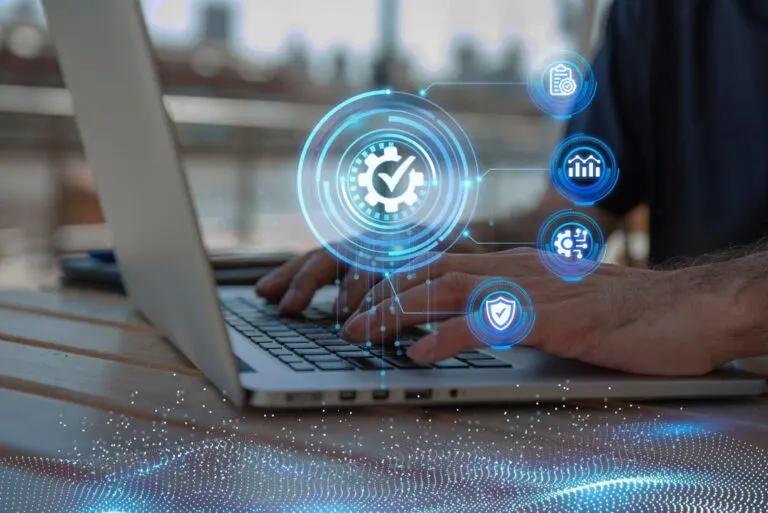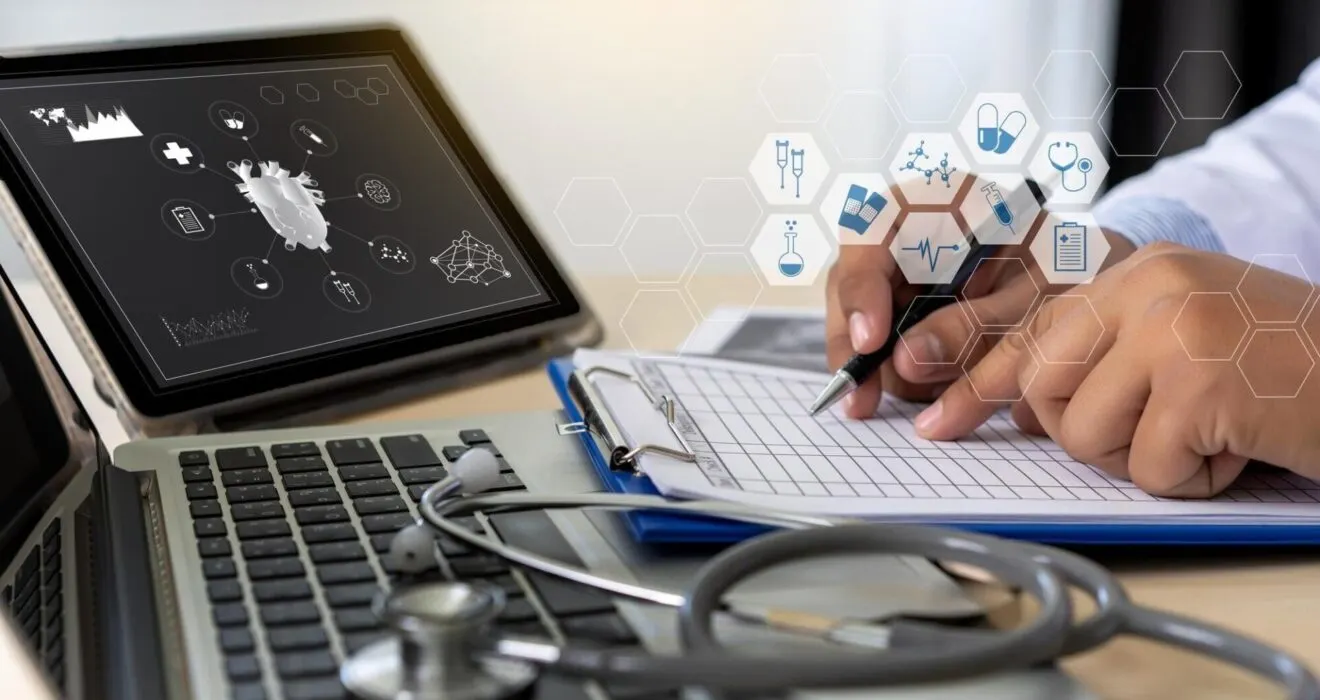Ensuring HIPAA Compliance in Healthcare Software Development
1. Introduction to HIPAA Compliance in Healthcare Software Development
Overview of HIPAA and Its Importance in Healthcare Software
Healthcare organizations and software developers must adhere to the regulations set forth by the Health Insurance Portability and Accountability Act (HIPAA) to ensure the security and privacy of patient information. In the realm of IT consulting, cybersecurity, and cloud computing, maintaining HIPAA compliance is crucial for safeguarding sensitive data and upholding patient trust. IT services, including software development, managed IT services, and network security, play a vital role in ensuring that healthcare systems remain secure and efficient. Implementing best practices in IT support, data security, and IT solutions, such as encryption and access controls, helps developers create robust software that meets regulatory standards while prioritizing the protection of patient health information.

2. Understanding HIPAA Regulations and Requirements

2.1 Key Components of the HIPAA Privacy Rule
The HIPAA Privacy Rule is all about protecting the confidentiality of patient information. It covers who can access patient data, how it should be used, and the rights patients have over their own information. Remember, privacy is not just about closing the door when discussing sensitive information – it’s about following the rulebook to a tee.
2.2 Understanding the HIPAA Security Rule
The HIPAA Security Rule focuses on the technical aspects of safeguarding patient data. It’s like putting a digital lock on a virtual file cabinet. This rule outlines what security measures software developers need to have in place to prevent unauthorized access to patient information. Think of it as the bouncer at the club – keeping out the riff-raff and letting in only the VIPs.
3. Best Practices for Integrating HIPAA Compliance into Software Development
3.1 Training and Education on HIPAA Regulations
Knowledge is power, especially when it comes to HIPAA compliance. Training your team on the ins and outs of HIPAA regulations is essential. It’s like giving them a map through the compliance jungle – making sure they know the dos and don’ts to keep patient data safe and sound.
3.2 Creating a HIPAA Compliance Plan
Having a solid plan in place is like having a security blanket for your software development process. A HIPAA compliance plan outlines the steps your team will take to ensure that patient data is handled according to the rules. It’s like having a game plan before hitting the field – knowing the plays to make sure you score big on compliance.

4. Data Security Measures for HIPAA Compliance
4.1 Role of Data Encryption in Protecting Patient Information
Data encryption is a key cybersecurity measure that protects patient information by converting it into a secure code, ensuring data security even if intercepted. In IT consulting, cloud computing, and managed IT services, encryption enhances network security and prevents unauthorized access. Implementing encryption in IT solutions, software development, and IT support helps healthcare organizations maintain compliance and protect sensitive data.
4.2 Implementing Multi-Factor Authentication for Enhanced Security
Multi-factor authentication is like having a secret handshake to access patient information. It requires more than just a username and password – maybe a fingerprint scan or a one-time code sent to your phone. It’s like adding extra locks to the door, making sure only those with the key can get in.
-
Role of Encryption and Access Controls in Healthcare Software Development In the world of healthcare software development, encryption and access controls are like the superheroes protecting valuable patient data. Encryption acts as a secret code that jumbles up sensitive information, making it unreadable to unauthorized parties. Access controls, on the other hand, function like a bouncer at a club, deciding who gets in and who doesn't.
-
Importance of Secure User Authentication and Authorization Imagine secure user authentication and authorization as the key to a secret club where only the right people with the secret password can enter. In healthcare software development, this process ensures that only authorized personnel can access patient data, preventing any unwanted guests or cyber intruders from sneaking in.
-
Implementing Role-Based Access Controls to Limit Data Exposure Role-based access controls are like assigning different keys to different doors in a mansion. Each key (or role) grants access only to specific areas, limiting exposure to sensitive information. By implementing these controls in healthcare software development, developers can ensure that employees only have access to the data necessary for their roles, reducing the risk of data breaches.
-
Implementing HIPAA Compliant Data Storage and Transmission When it comes to storing and transmitting sensitive healthcare data, following HIPAA regulations is the golden rule for developers. Think of it as the secret recipe for keeping patient information safe and secure.
-
Secure Data Storage Practices to Ensure HIPAA Compliance Secure data storage practices are like storing valuable treasures in a high-security vault. In healthcare software development, developers must follow strict guidelines to protect patient data from unauthorized access or theft. By encrypting data at rest and implementing secure storage solutions, they can ensure HIPAA compliance and keep sensitive information under lock and key.
-
Ensuring Secure Data Transmission Channels Secure data transmission channels act like armored trucks transporting valuable cargo. In healthcare software development, ensuring data is transmitted securely between systems is crucial for maintaining HIPAA compliance. By using encryption protocols and secure communication channels, developers can safeguard patient data as it travels from one point to another, keeping it shielded from prying eyes.
-
Importance of Regular Audits and Monitoring for HIPAA Compliance Just like a health check-up keeps your body in check, regular audits and monitoring are essential for maintaining HIPAA compliance in healthcare software development. It's like having a security guard that keeps a watchful eye on any suspicious activities.
-
Conducting Regular Security Audits to Identify Vulnerabilities Security audits are like playing detective, searching for any loopholes or vulnerabilities in the system. In healthcare software development, conducting regular audits helps developers identify potential risks and address them proactively, ensuring that patient data remains safe and secure.
-
Implementing Continuous Monitoring for Early Detection of Security Threats Continuous monitoring is like having a security camera that never sleeps. By monitoring systems 24/7 for any unusual activities or security threats, developers can detect and respond to potential breaches promptly. This proactive approach helps maintain HIPAA compliance and ensures that patient data is always protected.
-
Ensuring HIPAA Compliance in Third-Party Software Solutions When integrating third-party software solutions into healthcare systems, ensuring HIPAA compliance is crucial to prevent any data mishaps. It's like inviting a new guest to a party but making sure they follow the house rules.
-
Evaluating Third-Party Vendors for HIPAA Compliance Before allowing a third-party vendor to join the healthcare software party, it's essential to vet them thoroughly for HIPAA compliance. Just like checking a guest list at a VIP event, developers must ensure that vendors meet strict security standards to safeguard patient data effectively.
-
Establishing Clear Data Handling Protocols with Third-Party Providers Clear communication is key in IT consulting when collaborating with third-party providers, ensuring precise data handling protocols and adherence to HIPAA regulations. Developers must implement strong cybersecurity measures and maintain compliance through IT services, cloud computing, and managed IT services to prevent data breaches. By setting clear guidelines, they can protect data security and uphold patient trust. In software development, integrating network security, regular audits, and best practices ensures compliance and strengthens IT solutions. Prioritizing HIPAA compliance in IT support and healthcare technology helps mitigate risks, safeguard patient data, and maintain the integrity of the healthcare industry.



